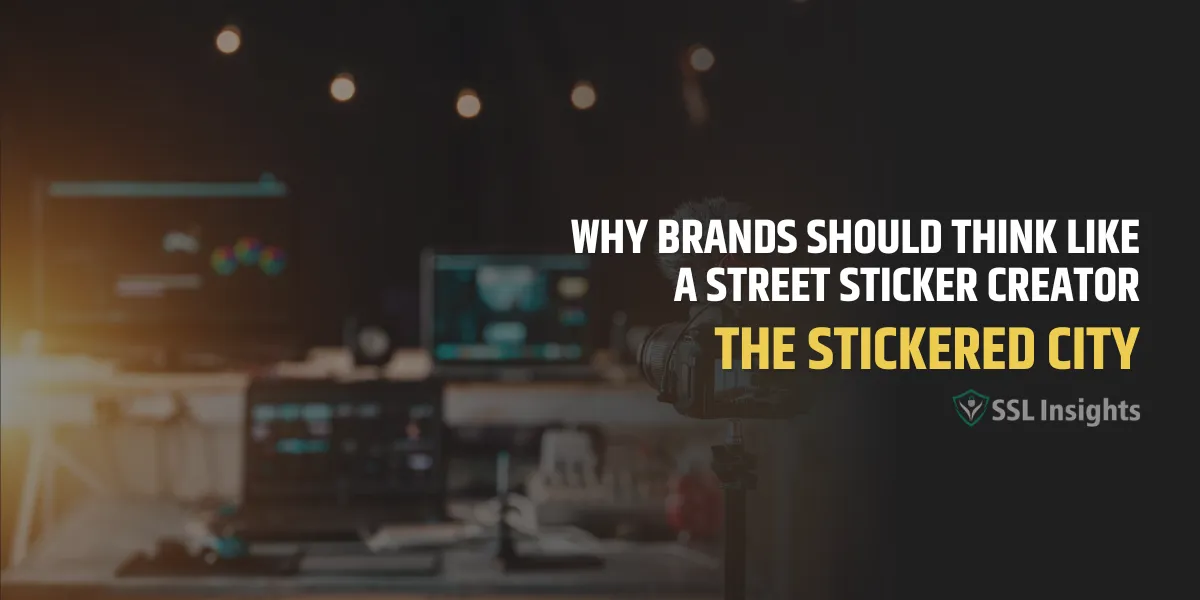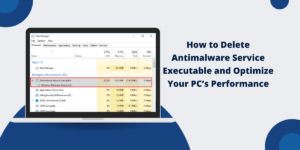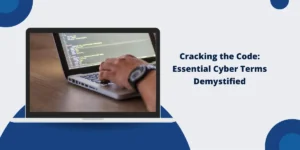With resources such as an AI photo generator, brands can reproduce that vitality online and offline, launching campaigns that are rebellious, sticky, and alive. Platforms such as Dreamina enable these micro-visuals to spread, embedding brand presence in everyday crevices where people least anticipate it.
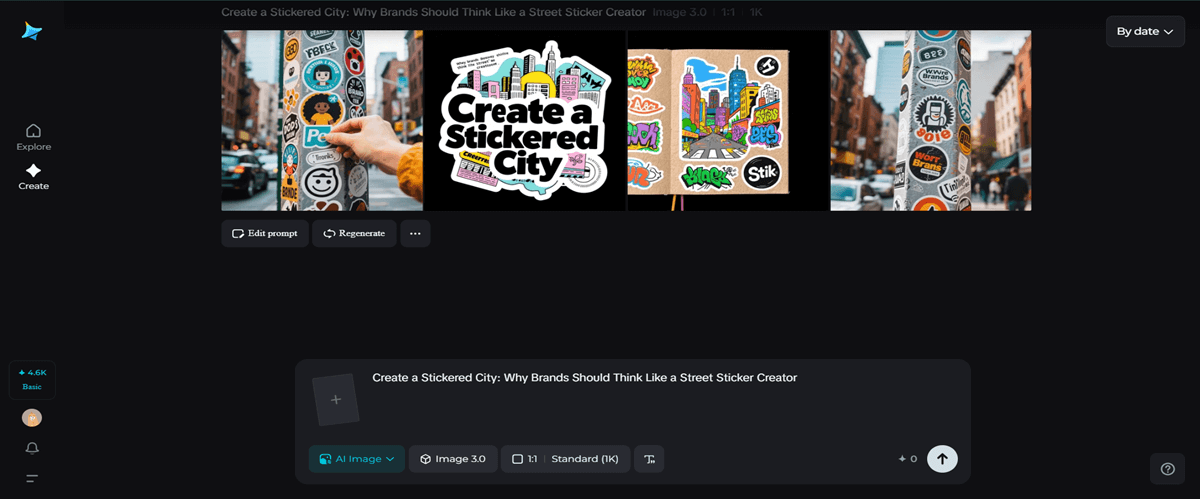
Walls that breathe: stickers as urban storytellers
Each sticker in the city is a part of a silent dialogue. They overlap, counter, and complement each other. They speak of who traveled through and what they were interested in. For brands, this isn’t visual spam—it’s potential. Rather than a big billboard, a series of smaller images scattered throughout the city can spark curiosity and closeness.
- A sticker of a radiant peach that manifests anonymously on cafés across a district.
- A collection of mysterious symbols that, when assembled, reveal a site or discount.
- An ephemeral sticker fall that fans gather like collectible cards.
The crossover: from lampposts to screens
The strength of sticker culture is that it can coexist in parallel worlds. A sticker placed on a subway pole packs the same visual wallop as a digital sticker hovering in a chat window. The crossover appeal is enormous.
Brands can create virtual stickers that replicate their street counterparts so that fans can use them in chats, memes, or Instagram stories. This allows for a dual presence—online for virality, offline for curiosity. A campaign does not remain static; it moves with people.
When executed correctly, one design might begin on a door to a coffee shop, go onto WhatsApp messages, and then reappear as an NFT-like collectible. The line between digital and physical environments is blurred by this shift, enabling sticker campaigns to develop naturally.
Logos that exist like graffiti
The raw, hand-drawn, flawed feel of street stickers and graffiti-style logos tends to ignore corporate polish. Adopting this style can be liberating for brands. Think about logos as being more like tags—pliable and living—than as polished perfection. One can experiment indefinitely with textures, graffiti effects, and humorous distortions using Dreamina’s AI logo generator.
This implies a logo does not need to rigidly sit on packs; it can exist between walls, screens, and discourse. When a logo acts like graffiti, it ceases to be a business mark and begins to become part of society.
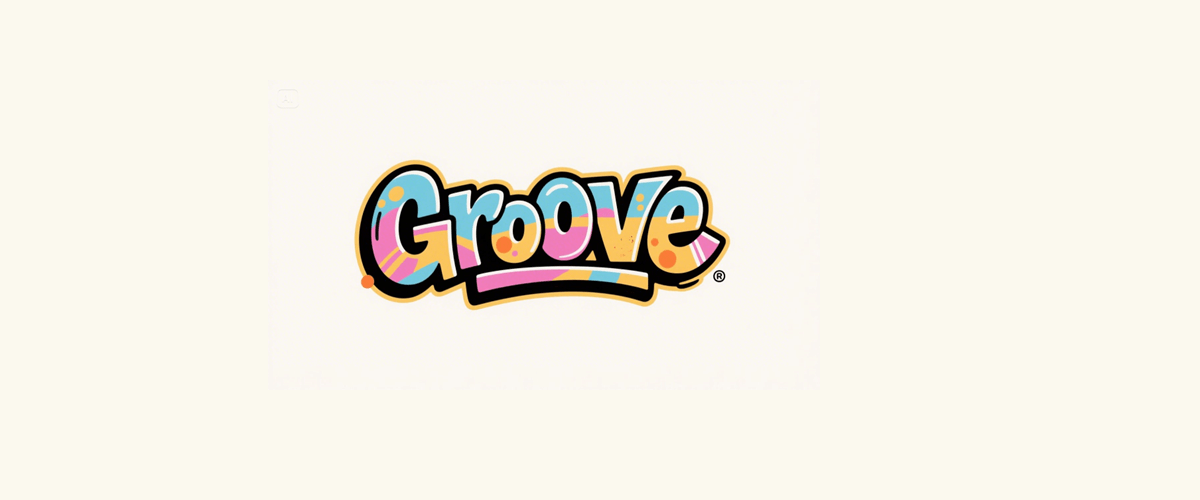
Remixing the peel: stickers as canvases for play
A sticker is never fixed—it gets layered, peeled, drawn upon, and reconfigured. Through that process, it becomes a collective canvas. Brands can capitalize on that by creating stickers as intentionally remixable.
People still go on about those engagement-driven designs. They shift around when you scan them. Peel-back elements come next. They expose hidden messages or switch to alternate designs. Sticker sheets let audiences cut things up. They can overlap parts and personalize however they want.
Brands grab a tool like Dreamina’s AI image editor. You can open “Canvas” and do further edits on your logos. They develop infinite variations. Distressed textures show up. Glitched ones, too. Or different colorways. Each sticker ends up seeming like it has its own unique history. That kind of variability keeps campaigns fresh. It invites people to collect stuff. Remix it. And share around.
Dreamina’s micro magic involves crafting stickers
Stickers uniquely ignite narratives. To bring sticker culture into campaigns, Dreamina works as an effective partner. Its setup lets it create sticker-ready visuals. They have as fun as the culture itself.
Step 1: Write a descriptive text prompt
Begin by going to Dreamina’s “AI Image” and entering a prompt that embodies the personality of the sticker. Consider small, compact designs, not big posters.
For instance: A neon cat outline, with glitched effects and heavy street-art textures, created as a small circular sticker.
This establishes mood and scale, fitting just right to sticker culture.
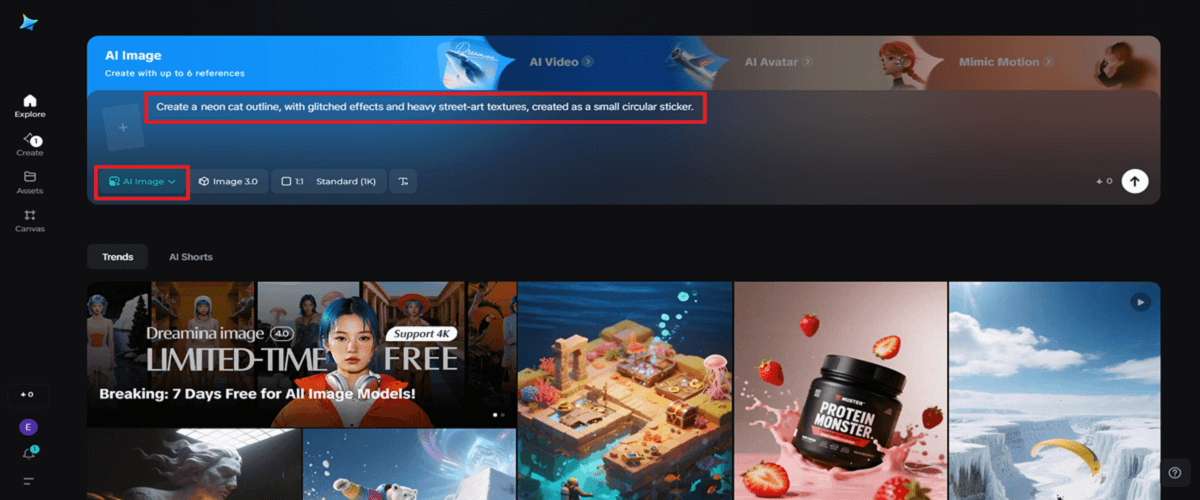
Step 2: Change parameters and generate
Next, change the core settings, such as aspect ratio to match sticker proportions, size -whatever works for you- and which model is appropriate for graphic punch. Use 1K for a fast draft and 2K for detailed information. Click Dreamina’s icon whenever you’re ready to create your sticker design.
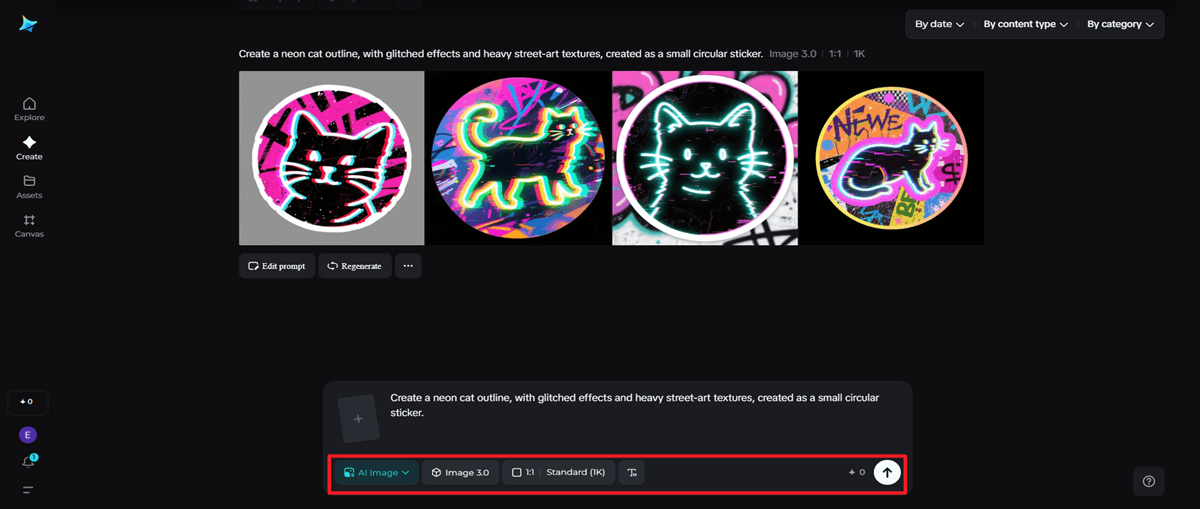
Step 3: Edit and download
Finally, you can edit your sticker with Dreamina’s customization options. With inpaint, you can expand, delete, and retouch minor details such as dropping a scuff of graffiti, scratch patterns, or a faint glow. When satisfied with the artwork, press the Download icon, and you have your stick-ready masterpiece.
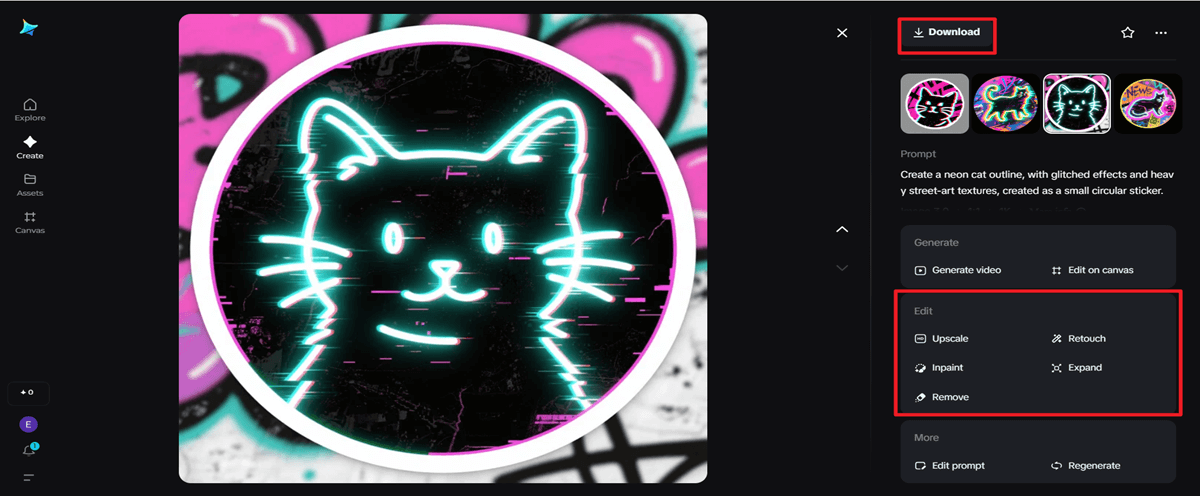
The sticker economy: when fans become distributors
What makes stickers so potent is how they move. Brands don’t have to purchase huge billboard real estate when fans themselves carry and share stickers. A sticker placed on a laptop, water bottle, or guitar case is cost-free advertising with cultural significance.
Layering culture: stickers as bridges between worlds
In their finest moments, sticker campaigns don’t sell so much as seep into culture. They become a part of the urban visual din, contributing a dash of whimsy to daily existence. They bounce from lampposts to laptops, from memes to murals, and in the process, they sew brands into the tapestry of community.
Dreamina makes that process seamless, assisting brands in creating sticker-ready images that seem less like corporate messages and more like cultural objects. Similar to actual stickers, these pieces of art don’t blend in—they encourage individuals to peel, post, and share them.

Priya Mervana
 Verified Web Security Experts
Verified Web Security Experts
Priya Mervana is working at SSLInsights.com as a web security expert with over 10 years of experience writing about encryption, SSL certificates, and online privacy. She aims to make complex security topics easily understandable for everyday internet users.
